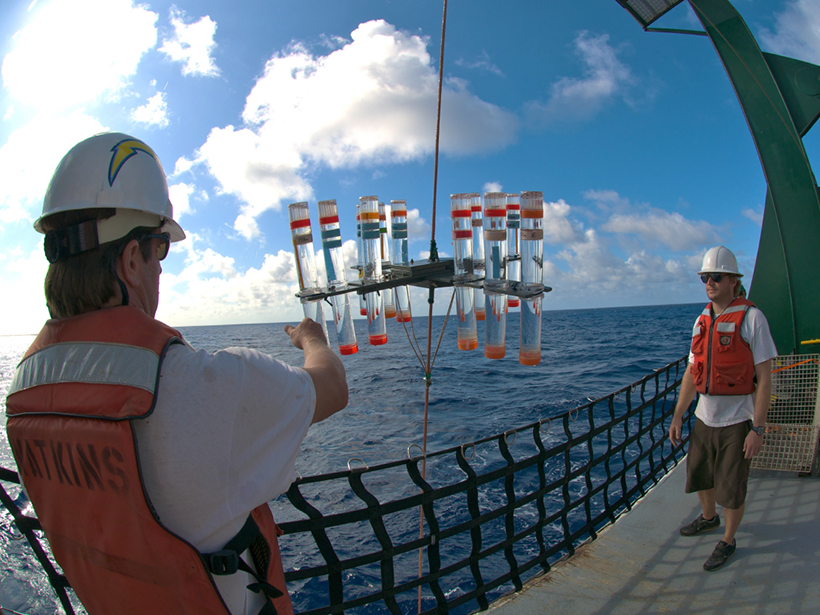Time series data sets, which contain measurements repeated over a span of decades, yield important insights into our oceans’ vital signs.

Time series data sets, which contain measurements repeated over a span of decades, yield important insights into our oceans’ vital signs.